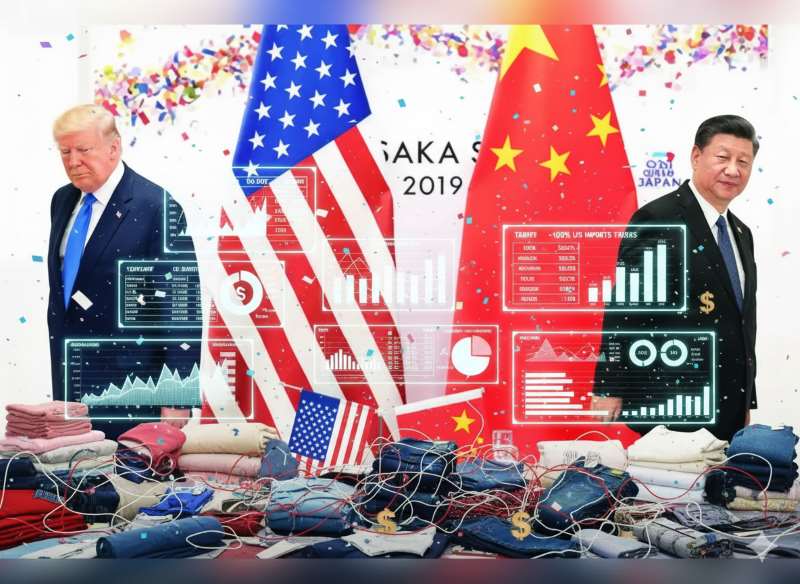
The global fashion industry is bracing for a turbulent 2025, as a cyclical slowdown, rising prices, and shifting consumer preferences are creating a perfect storm of challenges. But amidst the chaos, there are also opportunities for brands that can adapt quickly and strategically.
Navigating a Complex Landscape
The McKinsey Global Fashion Index predicts industry-wide growth in the low single digits for 2025, with non-luxury brands driving the majority of profits. This represents a significant shift from recent years, where luxury brands have been the primary growth engine.
"The old playbook is now obsolete; the industry will need a new formula for differentiation and growth," says Imran Amed, founder and CEO of The Business of Fashion.
Key Challenges and Opportunities
The report identifies several key themes that will shape the fashion industry in 2025:
1. Trade Barriers and Geopolitical Tensions
Global trade is undergoing a significant reconfiguration, with major economies diversifying their sourcing and reducing their reliance on China. This is partly due to rising costs and geopolitical tensions, but also reflects a growing focus on sustainability and nearshoring.
2. Asia's New Growth Markets
As China's economy slows and consumer preferences evolve, international brands are turning their attention to other Asian markets. India, in particular, is attracting significant interest, with its large and growing middle class and potential in the luxury market.
3. The "Silver Generation"
The fashion industry has traditionally focused on younger consumers, but the "Silver Generation" of shoppers aged 50 and over represents a growing and increasingly affluent demographic. Brands that can engage these previously overlooked customers will be well-positioned for growth.
4. The Value Shift
Consumers are increasingly price-sensitive and value-conscious, fuelling growth in segments such as resale, off-price, and "dupes." Brands will need to prove their value to customers, whether through innovative products, compelling brand stories, or exceptional customer experiences.
5. The In-Store Experience
Despite the growth of e-commerce, physical stores remain an important part of the fashion ecosystem. Brands that can differentiate their in-store experience, for example by empowering their sales associates and creating a sense of community, will be able to attract and retain customers.
Case Studies
The report highlights several brands that are successfully navigating the changing fashion landscape:
• Myntra, an Indian e-commerce platform, is helping international brands reach millions of young and aspirational consumers.
• J.Crew has turned its business around by focusing on timeless designs and creating intergenerational appeal.
• Ralph Lauren is successfully selling a "dream" at every price point, by creating a strong brand identity and offering a range of products to suit different budgets.
• Aritzia, a Canadian retailer, is experiencing rapid growth thanks to its focus on customer service and creating an engaging in-store experience.
Looking Ahead
The fashion industry is facing a period of unprecedented change and uncertainty. But as the report makes clear, there are also significant opportunities for brands that can adapt and innovate. By understanding the key trends shaping the industry and embracing new strategies, fashion brands can position themselves for success in 2025 and beyond.












